Zenith
Zenith Project Proposal
My Zenith Project is to design and produce a line of clothing from recycled material and found objects. These pieces will be genderless– though they will still have shape and may fit different bodies better than others– in communication with my research paper on the harmful effects of disparate gender roles in pornography. I have always been passionate about clothing design, the fashion industry, and clothing production, and I would like to use this project as an opportunity to create functional clothing from with a social significance and non-commercial intent. To showcase the designs, I plan to experiment with fashion photography and create a short digital zine (which I will print as well) with creative modeling and Photoshop manipulation, possibly incorporating my research on the importance of adolescent porn literacy and the environmental benefits of ethical fashion from recycled materials.
This Zenith project is a new challenge for me because I will be only using materials and objects that I find second-hand, challenging me to adapt to available materials on a very low budget. I will also be challenged to communicate a sensitive subject through clothing, and visually communicate the topic of sexuality without creating ‘sexy’ clothes. Additionally, I am not an experienced photographer so I’m hoping to hone my skills and learn much more about using Photoshop.
For my Production Class (Animation/Design/Film), I will further delve into photography, photo manipulation, color scheme, fine art, and physical production (sewing, laser engraving, drawing, embroidering, knitting, stencil-making, etc.).
Production
I began the process of designing with a brainstorming slideshow to visualize my concept and get some inspiration. I planned to make clothes from light and brightly colored fabrics held together by heavy industrial hardware, in conversation with my military idea. Below are some of the images I used as inspiration.
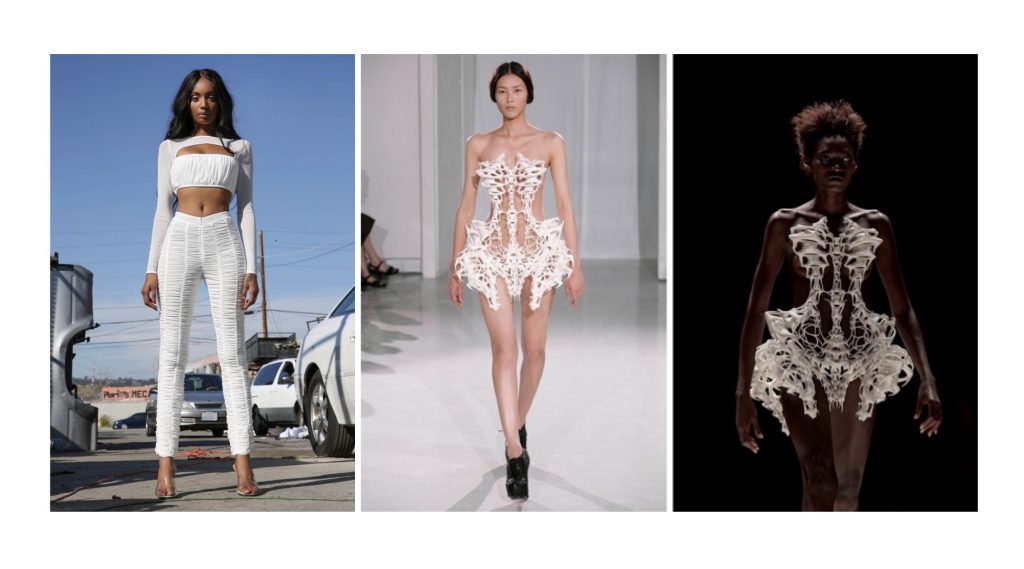
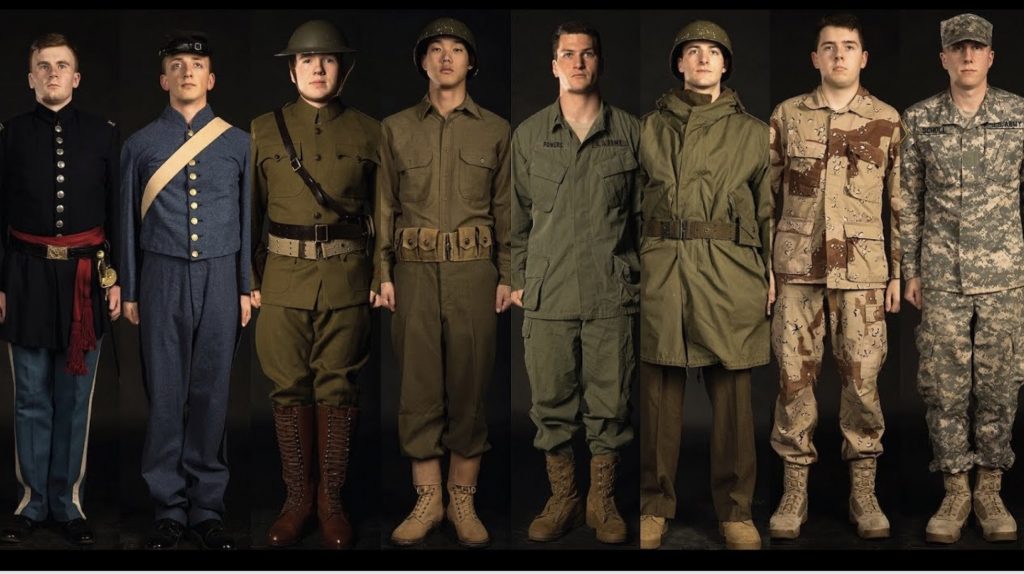
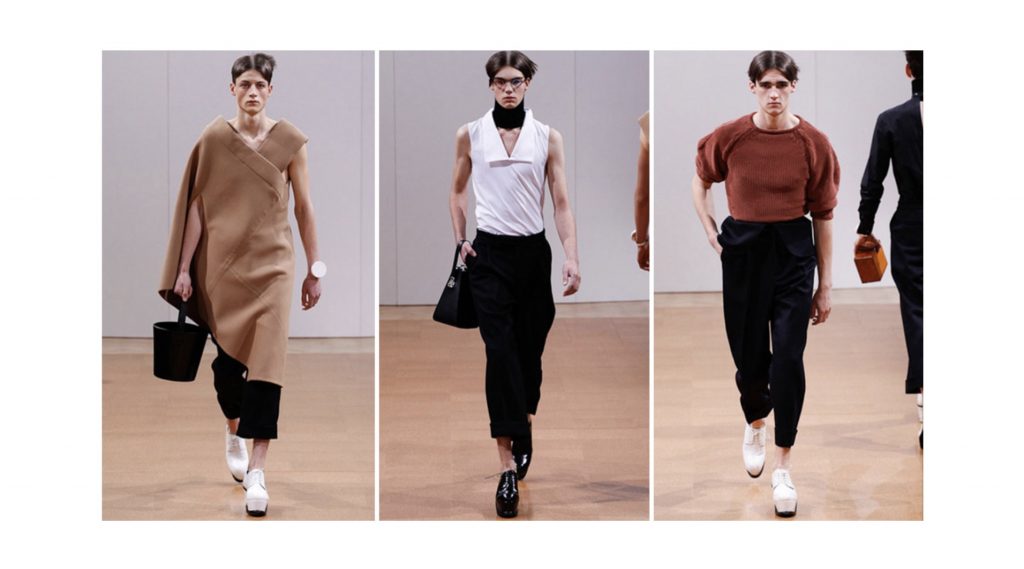
I chose a color scheme after brainstorming so that when I went shopping for recycled material I would be able to narrow my shirt and have a clear idea of what types of fabrics to search for. I went for a high contrast, earthy, colorful color scheme to emphasize my environmentalist angle and bend gender normative colors in my androgynous designs. I kept the color scheme broad as I knew I would have to adjust to whatever used fabric was available, so I couldn’t have too many expectations.
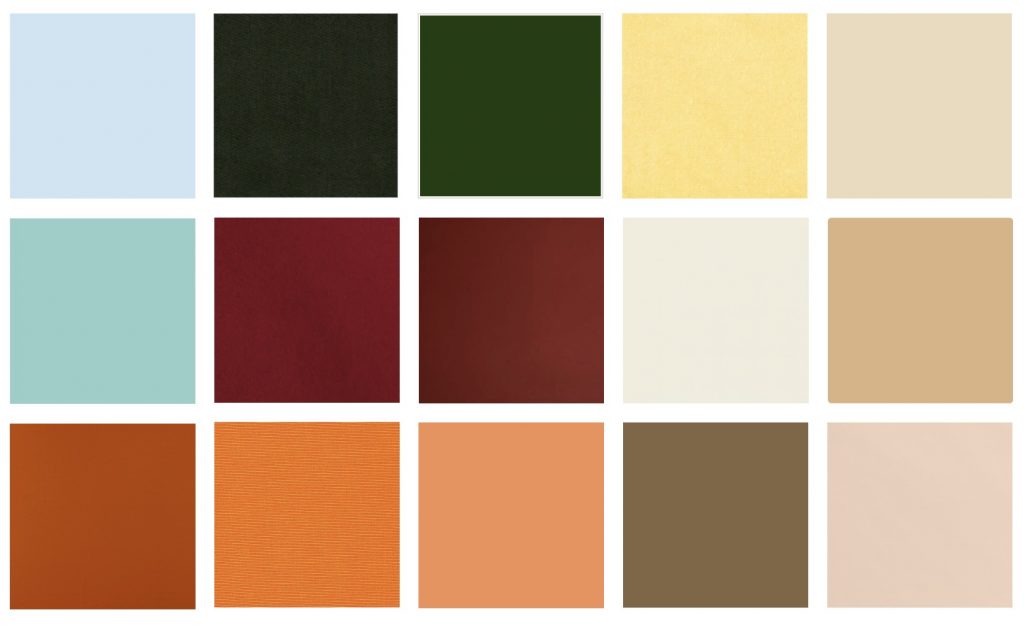
After brainstorming, I began drawing up my designs in my sketchbook and brainstorming design ideas. I started with bare ideas.
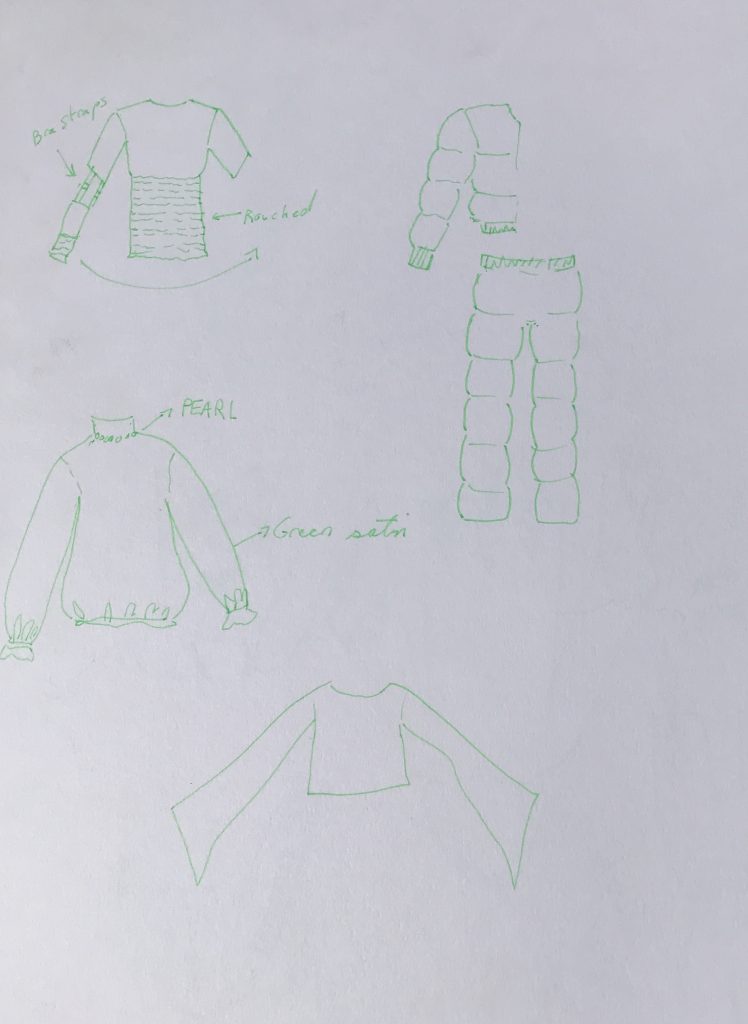
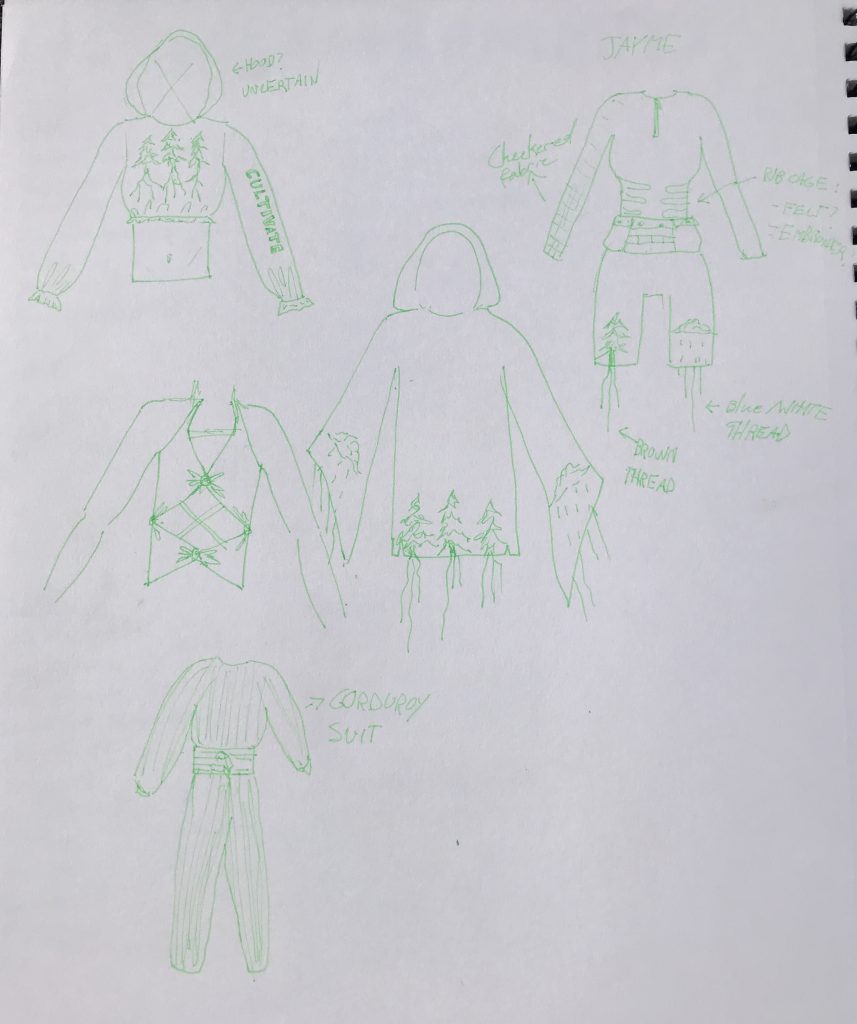
Next, I printed fashion illustration base models to draw my main ideas more professionally, and added color blocks based on my color scheme.
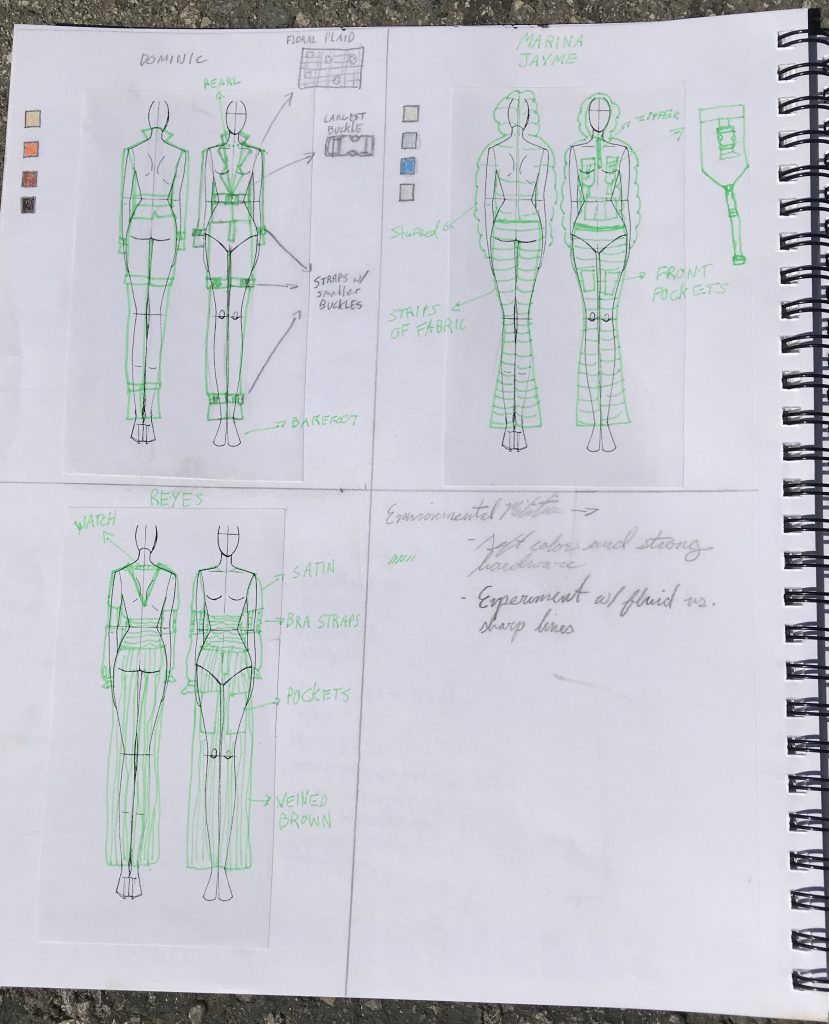
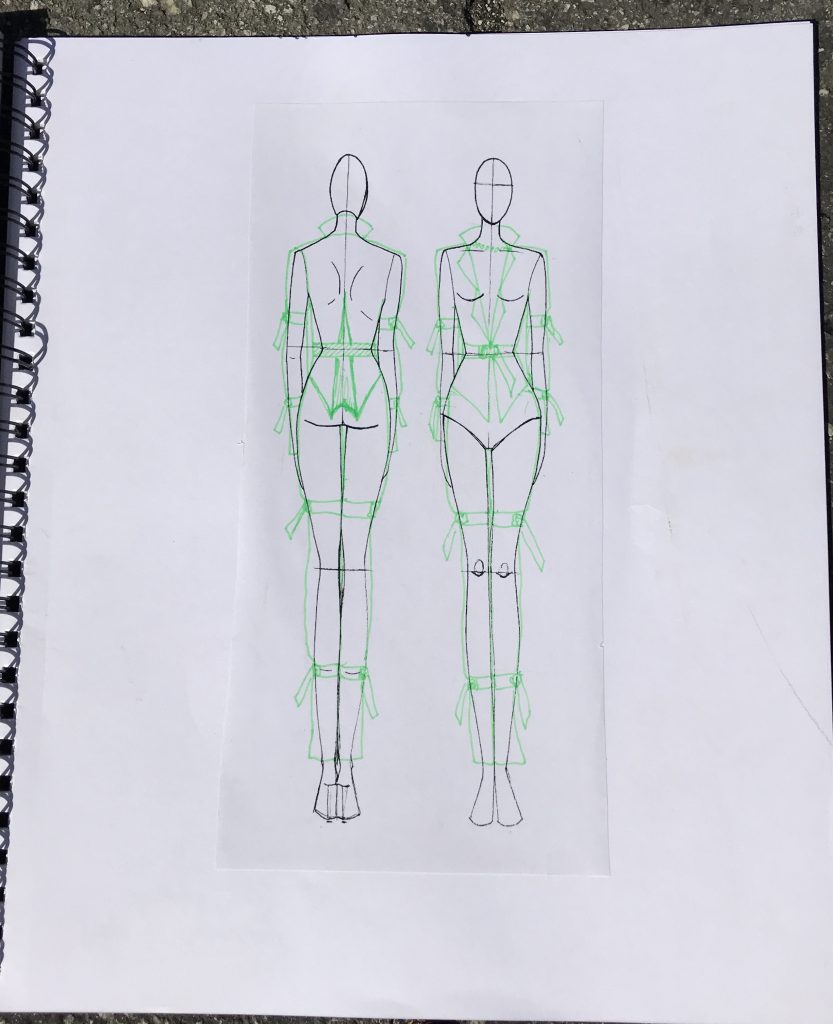
After I had finalized my first designs, I settled on my models and took their measurements so that I could begin drafting patterns.
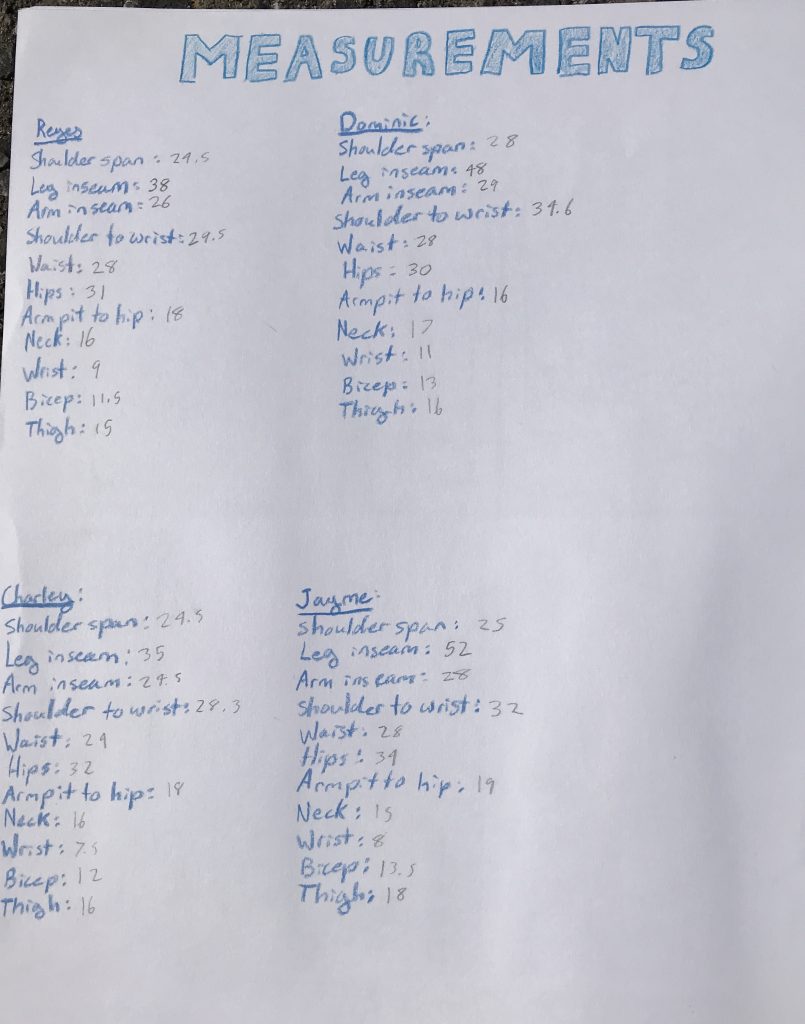
Pattern Making
My next step after taking my model’s measurements was to begin designing patterns. This was one of the most difficult and time consuming parts of my project, as I had to make very precise angles and fit every intricate piece of the suit together. I used a ruler, protractor, and measuring tape to try to make the suit as well fitting as possible, and my first draft of the pattern ended up being the perfect fit because I made each piece of the pattern so carefully from the beginning. Although I had some previous experience in pattern-making, this was a new chalenge for me because the design was entirely my own creation and I wanted it to have a very unique shape. To test this pattern, I first made a muslin mock-up for the full suit (from a single layer of muslin) and had a friend try it on to fit it.
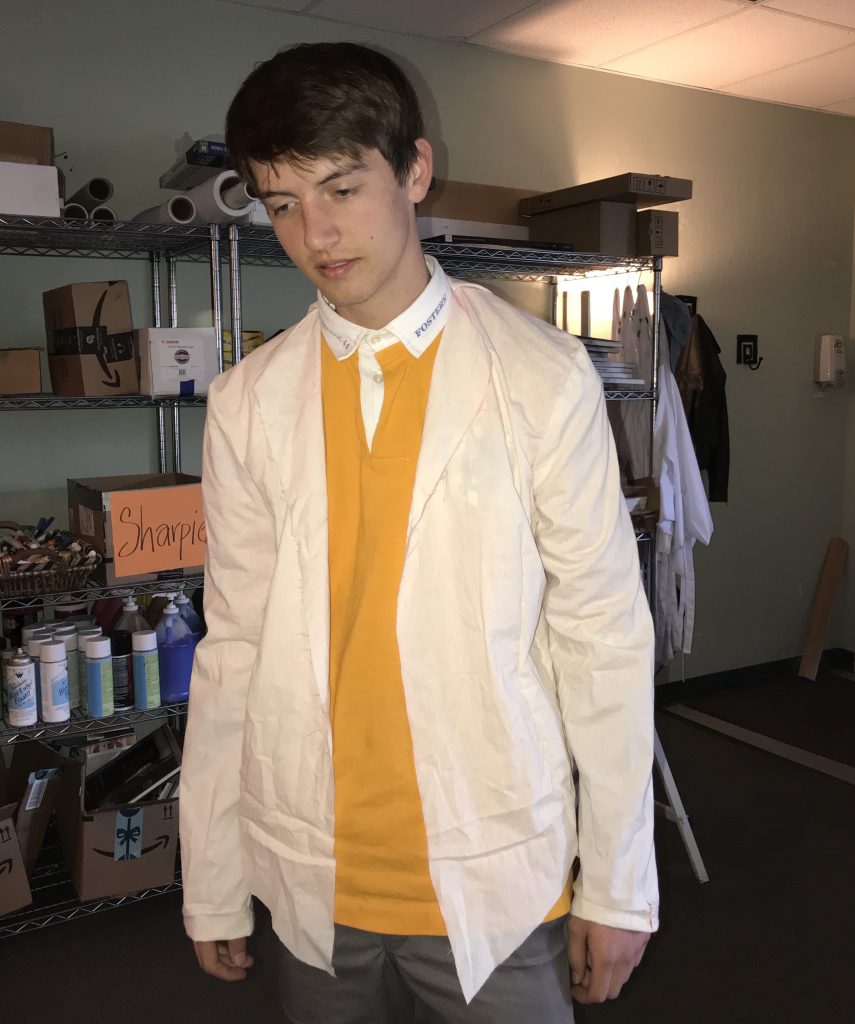
Originally, I had intended to create an entire suit out of the orange plaid fabric that I ended up making only a jacket out of. This was an additional source of challenge because I only had exactly enough fabric (I couldn’t get nay more because it was a recycled scrap) to make one full suit using my pattern, and this was excluding the straps and other smaller details. This meant that I had to position the pieces exactly right to the maximum use out of the fabric, and I had the additional stress of worrying about the direction of the pattern (it would look messy if the plaid were to be diagonal or not line up with the other pieces). I spent many hours lining up pieces and pinning them in place, before cutting them out.
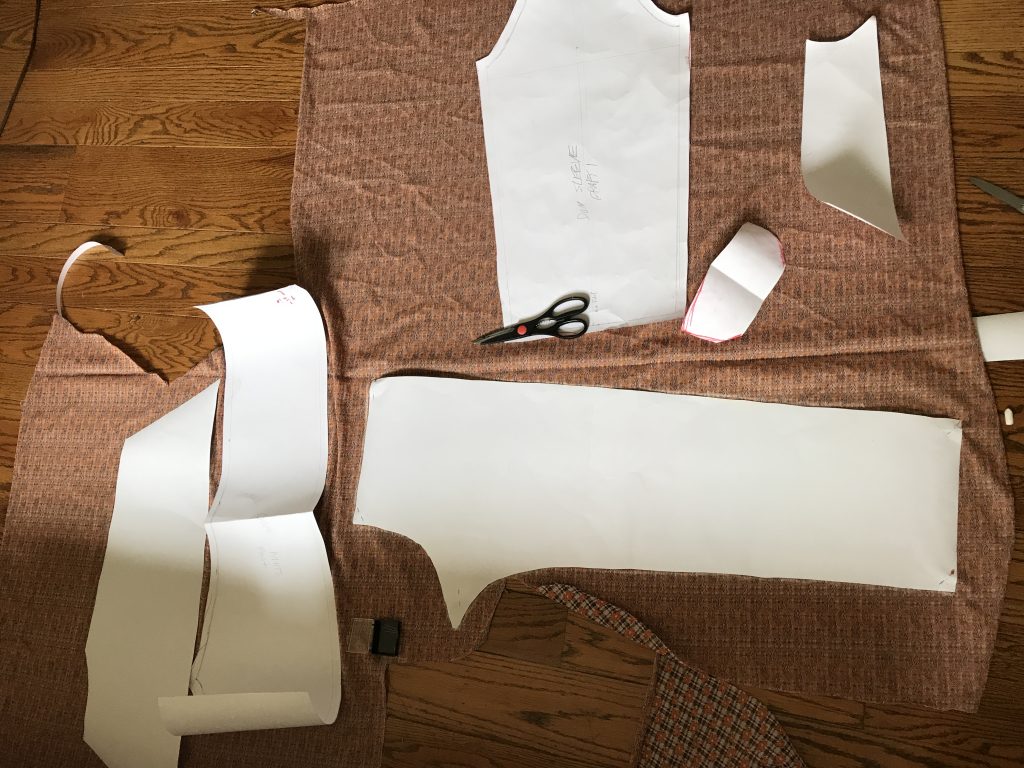
I finally succeeded in cutting out all of the necessary pieces, although one of the pant legs had to be done in two halves with a seam in the center to accommodate the fabric limitations. This was all done right before I went to Nevada, and while I was there I lost one piece of the pants, rendering the other pants pieces useless. At first I was very devastated because my vision from the beginning had been to make a full suit out of the flowered fabric, but once I let go of that expectation I was relieved that I wasn’t making the pants because it provided more fabric for me to make the jacket the best it could be. I ended up using my first draft muslin pants to go with the jacket, and also made a pearl necklace out of recycled beads for my model to wear (tying into my theme of gender normality). I put a lot of effort into producing the suit jacket in a very precise and professional way, giving attention to all of the seams, colors of thread, stitching, etc. and I am very proud of the way that this jacket came out.
My Zine
After completing my 3 outfits, I began photographing models for a short magazine showcasing my designs. I took some of the photos in Southern California, some along the coast of Santa Cruz, and some in the Freestyle portrait studio. This was an additional challenge for me, as I am not very experienced in photography and the photos didn’t turn out the way that I had hoped they would. However, a few of them I was proud of and brought into photoshop to edit. After editing in photoshop, I created a magazine template in InDesign and brought my photos in with small captions.